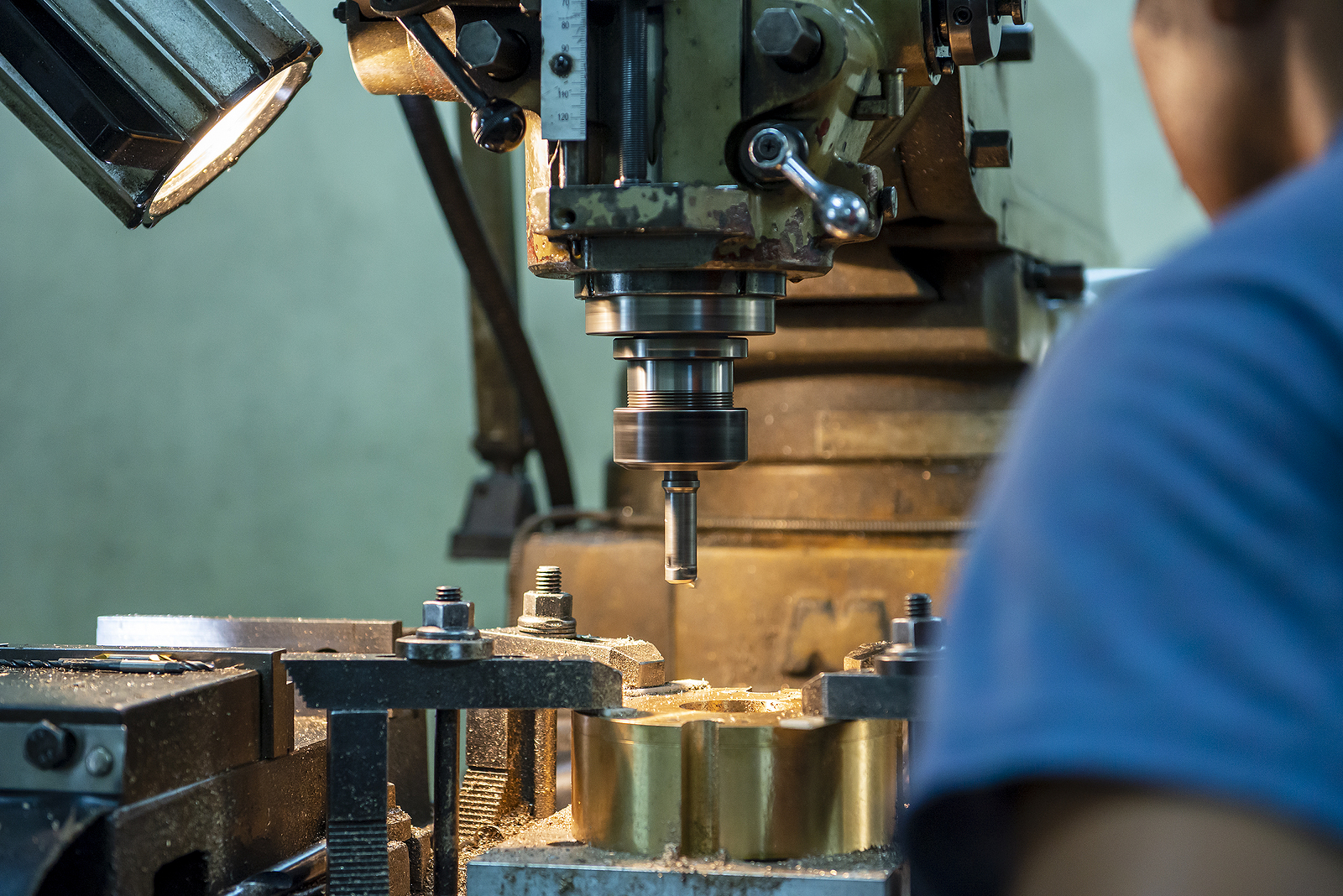Manufacturing of Halloween Candy Outpacing Last Year’s Sales
Chocolate and Candy sales are soaring this Halloween season!
Excitement continues to grow as celebrations increase for this upcoming Halloween weekend! 82% of Americans say they plan to celebrate Halloween – including 93% of Millennial parents. Consumers are ready to celebrate and you can clearly see from this year’s candy!
[av_image src=’https://flextrades.com/wp-content/uploads/2021/10/candy-2021.png’ attachment=’9279′ attachment_size=’full’ align=’center’ animation=’no-animation’ link=” target=” styling=” caption=” font_size=” appearance=” custom_class=”][/av_image]
THE LATEST HALLOWEEN CANDY SALES DATA
TOTAL HALLOWEEN CANDY:
- $324 million in retail sales (+48% vs. the same period in 2020; +59.8% vs. the same period in 2019)
- Halloween-specific items per store increased 26.9% vs. the same period in 2020.
HALLOWEEN CHOCOLATE: $199 million sales (+55.5% vs. the same period in 2020; +70.3% vs. the same period in 2019)
HALLOWEEN NON-CHOCOLATE: $124 million (+31.1% vs. the same time period in 2020; +45.5% vs. the same time period in 2019)
ADDITIONAL FACTS:
- 87% of people say they will purchase the same amount – or more – of Halloween candy this year. This is up from 80% in 2020.
- 80% of Americans plan to trick-or-treat this year.
- The National Confectioners Associationis the leading trade organization for the U.S. confectionery industry, which generates more than $37 billion in retail sales each year.
- The industry employs nearly 58,000 workers in more than 1,600 manufacturing facilities across all 50 states.
Ashley Grave, Pipeline Development Coordinator









